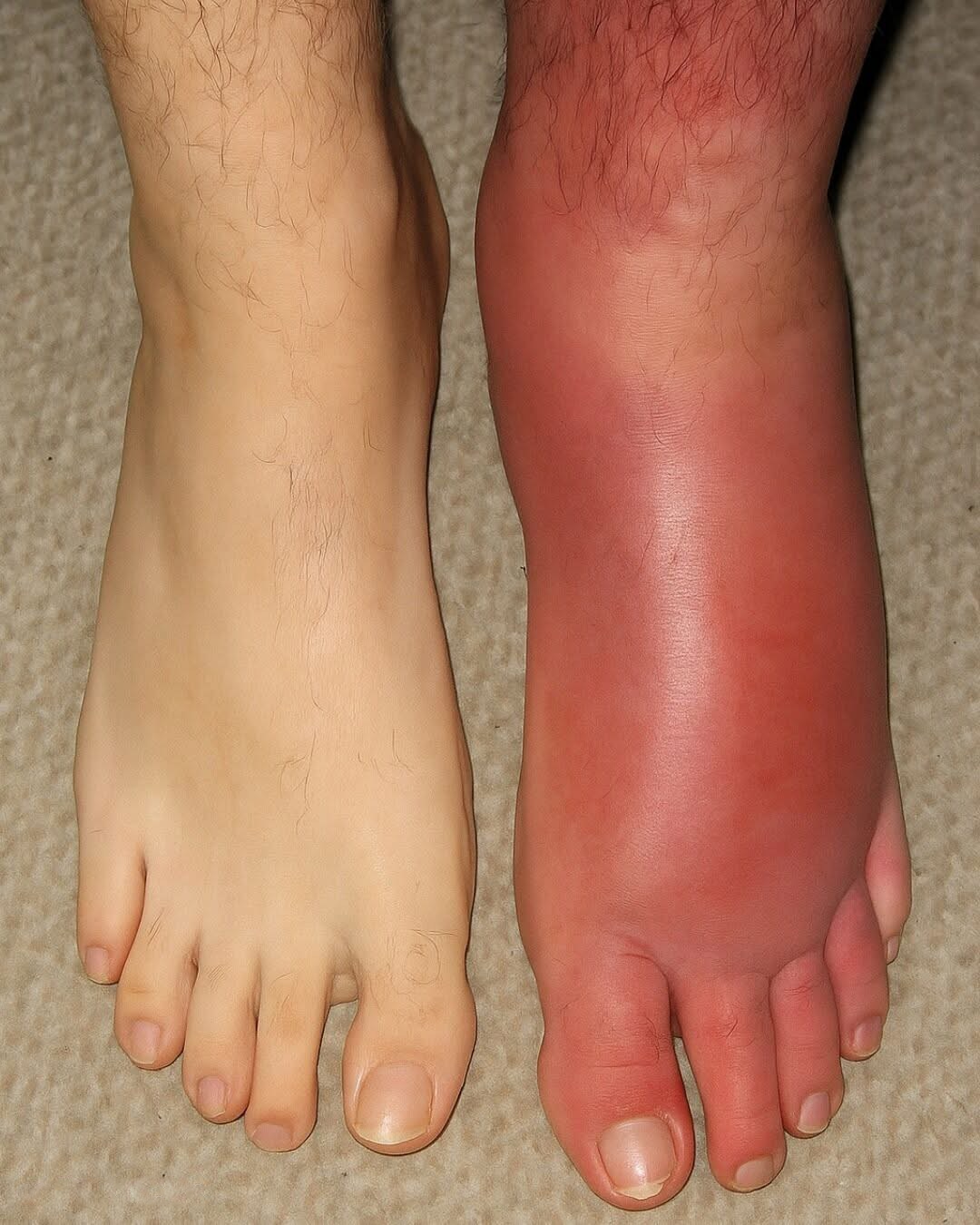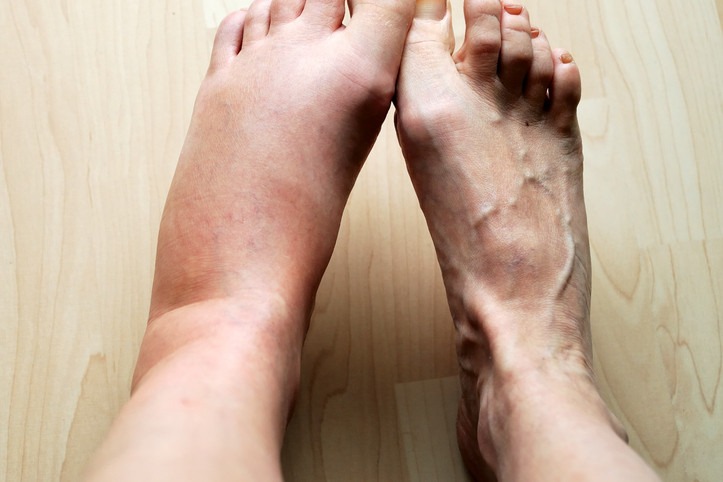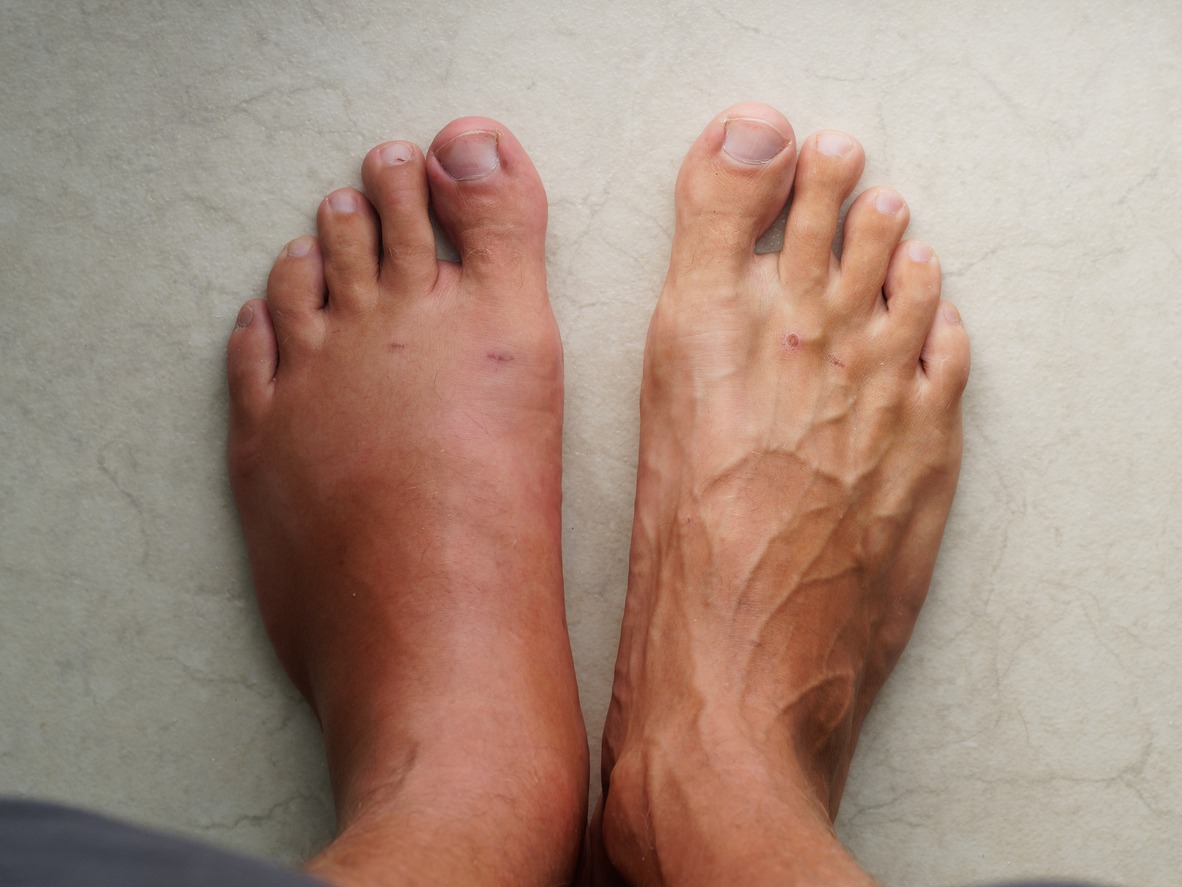
Sudden redness, swelling, or warmth in one leg is more than just a minor concern — it can signal a serious underlying health problem that demands immediate attention.
Deep Vein Thrombosis (DVT)
One of the most dangerous possibilities is deep vein thrombosis, or DVT. This occurs when a blood clot forms in a deep vein, usually in the leg, blocking normal blood flow. If that clot breaks free, it may travel to the lungs, resulting in a potentially fatal pulmonary embolism.
Cellulitis: A Rapidly Spreading Infection
Another possible explanation is cellulitis, a bacterial skin infection that spreads quickly if left untreated. In most cases, antibiotics are required to stop the infection from worsening or spreading further.

Superficial Thrombophlebitis
Sometimes, the problem is superficial thrombophlebitis, where a clot develops in a vein close to the skin’s surface. This leads to redness, tenderness, and localized pain. While usually less dangerous than DVT, it is still uncomfortable and often needs medical attention.
Chronic Venous Insufficiency
Chronic venous insufficiency is another condition that can cause swelling and discoloration in the legs. It develops when the valves in the veins fail to circulate blood effectively, allowing it to pool. Over time, this may lead to skin changes, persistent swelling, or even ulcers.
Other Possible Causes
Leg redness and swelling are not always linked to clots or infections. Conditions such as gout, arthritis, injuries, or lymphedema may also trigger pain and swelling. The severity and treatment vary widely depending on the cause.

When to Seek Immediate Help
Urgent medical care is especially critical if the swelling appears suddenly, is painful, or comes with fever, chills, or warmth in the affected area. Even more alarming are symptoms such as chest pain or shortness of breath, which may indicate a pulmonary embolism and require emergency attention.
The Importance of Prompt Action
Recognizing these warning signs and seeking timely medical advice can prevent life-threatening complications and ensure the right treatment is given.
Disclaimer: This article is for educational purposes only and should not replace professional medical guidance.